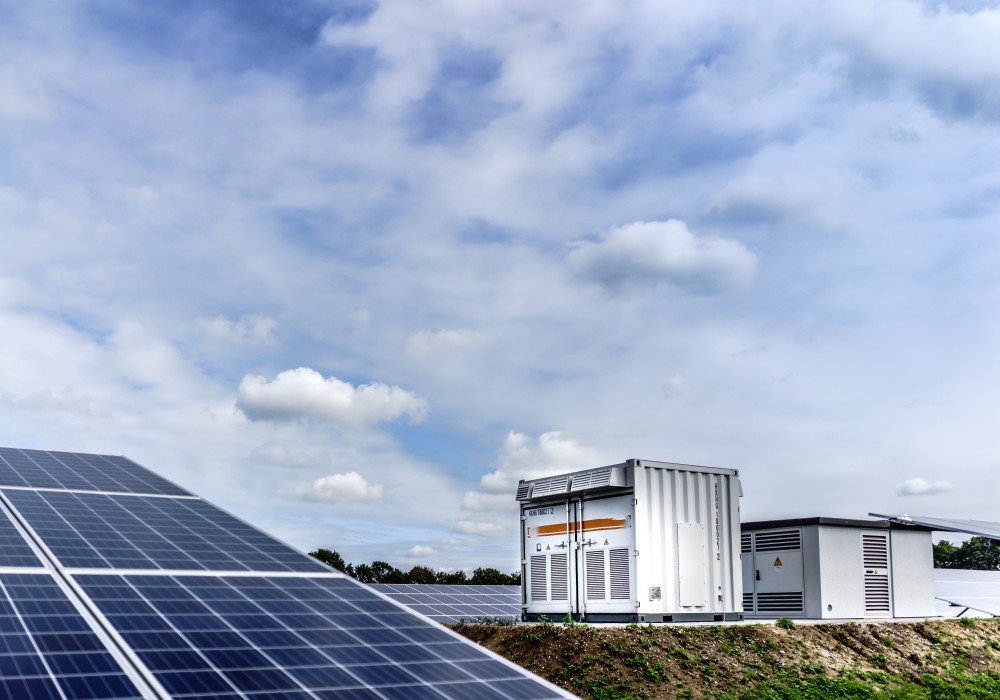The application of energy storage on the transmission and distribution side is mainly to alleviate the transmission and distribution resistance congestion, delay the expansion of transmission and distribution equipment, and support reactive power.
Compared with the application on the power generation side, there are fewer types of applications on the transmission and distribution side. See more of a substitution effect.
Relieve transmission and distribution resistance blockage
Line congestion means that the line load exceeds the line capacity. The energy storage system is installed upstream of the line. When the line is blocked, the electric energy that cannot be delivered can be stored in the energy storage device. Line discharge.
Generally, for energy storage systems, the discharge time is required to be on the hour level, and the number of operations is about 50 to 100 times. It belongs to energy-based applications and has certain requirements for response time, which needs to be responded to at the minute level.
Delay the expansion of power transmission and distribution equipment
The cost of traditional grid planning or grid upgrade and expansion are very high. In the power transmission and distribution system where the load is close to the equipment capacity, if the load supply can be satisfied most of the time in a year, and the capacity is lower than the load only in certain peak periods, the energy storage system can be used to pass the smaller installed capacity.
Capacity can effectively improve the power transmission and distribution capacity of the grid, thereby delaying the cost of new power transmission and distribution facilities and prolonging the service life of existing equipment.
Compared with relieving transmission and distribution resistance congestion, delaying the expansion of power transmission and distribution equipment has a lower frequency of operation.
Considering battery aging, the actual variable cost is higher, so higher requirements are put forward for the economy of batteries.
Reactive support
Reactive power support refers to the regulation of transmission voltage by injecting or absorbing reactive power on transmission and distribution lines. Insufficient or excess reactive power will cause grid voltage fluctuations, affect power quality, and even damage electrical equipment.
With the assistance of dynamic inverters, communication, and control equipment, the battery can regulate the voltage of the transmission and distribution line by adjusting the reactive power of its output.
Reactive power support is a typical power application with a relatively short discharge time but a high frequency of operation.

